完整的手写源码仓库
tapable是webpack 插件机制核心。 mini-tapable 不仅解读官方 tapable 的源码,还用自己的思路去实现一遍,并且和官方的运行时间做了个比较,我和 webpack 作者相关的讨论可以点击查看。webpack tapable 源码内部根据 new Function 动态生成函数执行体这种优化方式不一定是好的。当我们熟悉了 tapable 后,就基本搞懂了 webpack plugin 的底层逻辑,再回头看 webpack 源码就轻松很多
目录
tapable 的设计理念:单态、多态及内联缓存
由于在 webpack 打包构建的过程中,会有上千(数量其实是取决于自身业务复杂度)个插件钩子执行,同时同类型的钩子在执行时,函数参数固定,函数体相同,因此 tapable 针对这些业务场景进行了相应的优化。这其中最重要的是运用了单态性及多态性概念,内联缓存的原理,也可以看这个issue。为了达到这个目标,tapable 采用 new Function 动态生成函数执行体的方式,主要逻辑在源码的 HookCodeFactory.js文件中。
如何理解 tapable 的设计理念
思考下面两种实现方法,哪一种执行效率高,哪一种实现方式简洁?
// 方法一:const callFn = (...tasks) => (...args) => { for (const fn of tasks) { fn(...args) }}
// 方法二:const callFn2 = (a, b, c) => (x, y) => { a(x, y); b(x, y); c(x, y);}
复制代码
callFn 及 callFn2 的目的都是为了实现将一组方法以相同的参数调用,依次执行。很显然,方法一效率明显更高,并且容易扩展,能支持传入数量不固定的一组方法。但是,如果根据单态性以及内联缓存的说法,很明显方法二的执行效率更高,同时也存在一个问题,即只支持传入 a,b,c 三个方法,参数形态也固定,这种方式显然没有方法一灵活,那能不能同时兼顾效率以及灵活性呢?答案是可以的。我们可以借助 new Function 动态生成函数体的方式。
class HookCodeFactory { constructor(args) { this._argNames = args; this.tasks = []; } tap(task) { this.tasks.push(task); } createCall() { let code = ""; // 注意思考这里是如何拼接参数已经函数执行体的 const params = this._argNames.join(","); for (let i = 0; i < this.tasks.length; i++) { code += ` var callback${i} = this.tasks[${i}]; callback${i}(${params}) `; } return new Function(params, code); } call(...args) { const finalCall = this.createCall(); // 将函数打印出来,方便观察最终拼接后的结果 console.log(finalCall); return finalCall.apply(this, args); }}
// 构造函数接收的arg数组里面的参数,就是task a、b、c三个函数的参数const callFn = new HookCodeFactory(["x", "y", "z"]);
const a = (x, y, z) => { console.log("task a:", x, y, z);};
const b = (x, y, z) => { console.log("task b:", x, y, z);};
const c = (x, y, z) => { console.log("task c:", x, y, z);};
callFn.tap(a);callFn.tap(b);callFn.tap(c);
callFn.call(4, 5, 6);
复制代码
当我们在浏览器控制台执行上述代码时:
拼接后的完整函数执行体:
可以看到,通过这种动态生成函数执行体的方式,我们能够同时兼顾性能及灵活性。我们可以通过 tap 方法添加任意数量的任务,同时通过在初始化构造函数时 new HookCodeFactory(['x', 'y', ..., 'n']) 传入任意参数。
实际上,这正是官方 tapable 的HookCodeFactory.js的简化版本。这是 tapable 的精华所在。
tapable 源码解读
tapable 最主要的源码在 Hook.js 以及 HookCodeFactory.js中。Hook.js 主要是提供了 tap、tapAsync、tapPromise等方法,每个 Hook 都在构造函数内部调用 const hook = new Hook()初始化 hook 实例。HookCodeFactory.js 主要是根据 new Function 动态生成函数执行体。
demo
以 SyncHook.js 为例,SyncHook 钩子使用如下:
const { SyncHook } = require("tapable");debugger;const testhook = new SyncHook(["compilation", "name"]);// 注册 plugin1testhook.tap("plugin1", (compilation, name) => { console.log("plugin1", name); compilation.sum = compilation.sum + 1;});
// 注册 plugin2testhook.tap("plugin2", (compilation, name) => { console.log("plugin2..", name); compilation.sum = compilation.sum + 2;});
// 注册 plugin3testhook.tap("plugin3", (compilation, name) => { console.log("plugin3", compilation, name); compilation.sum = compilation.sum + 3;});
const compilation = { sum: 0 };// 第一次调用testhook.call(compilation, "my test 1");// 第二次调用testhook.call(compilation, "my test 2");// 第三次调用testhook.call(compilation, "my test 3");...// 第n次调用testhook.call(compilation, "my test n");
复制代码
我们用这个 demo 做为用例,一步步 debug。
SyncHook.js源码
主要逻辑如下:
const Hook = require("./Hook");const HookCodeFactory = require("./HookCodeFactory");
// 继承 HookCodeFactoryclass SyncHookCodeFactory extends HookCodeFactory {}
const factory = new SyncHookCodeFactory();
const COMPILE = function(options) { factory.setup(this, options); return factory.create(options);};
function SyncHook(args = [], name = undefined) { // 初始化 Hook const hook = new Hook(args, name); // 注意这里修改了 hook 的constructor hook.constructor = SyncHook; ... // 每个钩子都必须自行实现自己的 compile 方法!!! hook.compile = COMPILE; return hook;}
复制代码
Hook.js源码
主要逻辑如下:
// 问题一:思考一下为什么需要 CALL_DELEGATEconst CALL_DELEGATE = function(...args) { // 当第一次调用时,实际上执行的是 CALL_DELEGATE 方法 this.call = this._createCall("sync"); // 当第二次或者第n次调用时,此时 this.call 方法已经被设置成 this._createCall 的返回值 return this.call(...args);};...class Hook { constructor(args = [], name = undefined) { this._args = args; this.name = name; this.taps = []; // 存储我们通过 hook.tap 注册的插件 this.interceptors = []; this._call = CALL_DELEGATE; // 初始化时,this.call被设置成CALL_DELEGATE this.call = CALL_DELEGATE; ... // 问题三:this._x = undefined 是什么 this._x = undefined; // this._x实际上就是this.taps中每个插件的回调 // 问题四:为什么需要在构造函数中绑定这些函数 this.compile = this.compile; this.tap = this.tap; this.tapAsync = this.tapAsync; this.tapPromise = this.tapPromise; } // 每个钩子必须自行实现自己的 compile 方法。compile方法根据 this.taps以及 this._args动态生成函数执行体 compile(options) { throw new Error("Abstract: should be overridden"); }
// 生成函数执行体 _createCall(type) { return this.compile({ taps: this.taps, interceptors: this.interceptors, args: this._args, type: type }); } ... _tap(type, options, fn) { ... this._insert(options); } tap(options, fn) { this._tap("sync", options, fn); } _resetCompilation() { this.call = this._call; this.callAsync = this._callAsync; this.promise = this._promise; } _insert(item) { // 问题二:为什么每次调用 testhook.tap() 注册插件时,都需要重置this.call等方法? this._resetCompilation(); ... } }
复制代码
思考 Hook.js 源码中的几个问题
问题一:为什么需要 CALL_DELEGATE
问题二:为什么每次调用 testhook.tap() 注册插件时,都需要重置 this.call 等方法?
问题三:this._x = undefined 是什么
问题四:为什么需要在构造函数中绑定 this.compile 、this.tap、this.tapAsync 以及this.tapPromise等方法
当我们每次调用 testhook.tap 方法注册插件时,流程如下:
方法往this.taps数组中添加一个插件。this.__insert 方法逻辑比较简单,但这里有一个细节需要注意一下,为什么每次注册插件时,都需要调用 this._resetCompilation()重置 this.call 等方法? 我们稍后再看下这个问题。先继续 debug。
当我们 第一次(注意是第一次) 调用 testhook.call 时,实际上调用的是 CALL_DELEGATE 方法
const CALL_DELEGATE = function(...args) { // 当第一次调用时,实际上执行的是 CALL_DELEGATE 方法 this.call = this._createCall("sync"); // 当第二次或者第n次调用时,此时 this.call 方法已经被缓存成 this._createCall 的返回值 return this.call(...args);};
复制代码
CALL_DELEGATE 调用 this._createCall 函数根据注册的 this.taps 动态生成函数执行体。并且 this.call 被设置成 this._createCall 的返回值缓存起来,如果 this.taps 改变了,则需要重新生成。
此时如果我们第二次调用 testhook.call 时,就不需要再重新动态生成一遍函数执行体。这也是 tapable 的优化技巧之一。这也回答了 问题一:为什么需要 CALL_DELEGATE。
如果我们调用了 n 次 testhook.call,然后又调用 testhook.tap 注册插件,此时 this.call 已经不能重用了,需要再根据 CALL_DELEGATE 重新生成一次函数执行体,这也回答了问题二:为什么每次调用 testhook.tap() 注册插件时,都需要重置 this.call 等方法。可想而知重新生成的过程是很耗时的。因此我们在使用 tapable 时,最好一次性注册完所有插件,再调用 call
testhook.tap("plugin1");testhook.tap("plugin2");testhook.tap("plugin3");
testhook.call(compilation, "my test 1"); // 第一次调用 call 时,会调用CALL_DELEGATE动态生成函数执行体并缓存起来testhook.call(compilation, "my test 2"); // 不会重新生成函数执行体,使用第一次的testhook.call(compilation, "my test 3"); // 不会重新生成函数执行体,使用第一次的
复制代码
避免下面的调用方式:
testhook.tap("plugin1");testhook.call(compilation, "my test 1"); // 第一次调用 call 时,会调用CALL_DELEGATE动态生成函数执行体并缓存起来
testhook.tap("plugin2");testhook.call(compilation, "my test 2"); // 重新调用CALL_DELEGATE生成函数执行体
testhook.tap("plugin3");testhook.call(compilation, "my test 3"); // 重新调用CALL_DELEGATE生成函数执行体
复制代码
现在让我们看看第三个问题,调用 this.compile 方法时,实际上会调用 HookCodeFacotry.js 中的 setup 方法:
setup(instance, options) { instance._x = options.taps.map(t => t.fn);}
复制代码
对于问题四,实际上这和 V8 引擎的 Hidden Class 有关,通过在构造函数中绑定这些方法,类中的属性形态固定,这样在查找这些方法时就能利用 V8 引擎中 Hidden Class 属性查找机制,提高性能。
HookCodeFactory.js
主要逻辑:
class HookCodeFactory { constructor(config) { this.config = config; this.options = undefined; this._args = undefined; } create(options){ this.init(options); let fn; switch (this.options.type) { case 'sync': fn = new Function( ... ) break case 'async': fn = new Function( ... ) break case 'promise': fn = new Function( ... ) break } this.deinit(); return fn; } setup(instance, options) { instance._x = options.taps.map(t => t.fn); } ...}
复制代码
手写 tapable 每个 Hook
手写 tapable 中所有的 hook,并比较我们自己实现的 hook 和官方的执行时间
这里面每个文件都会实现一遍 官方的 hook,并比较执行时间,以 SyncHook 为例,批量注册 1000 个插件时,我们自己手写的 MySyncHook 执行时间 0.12ms,而官方的需要 6ms,这中间整整 50 倍的差距!!!
具体可以看我的仓库
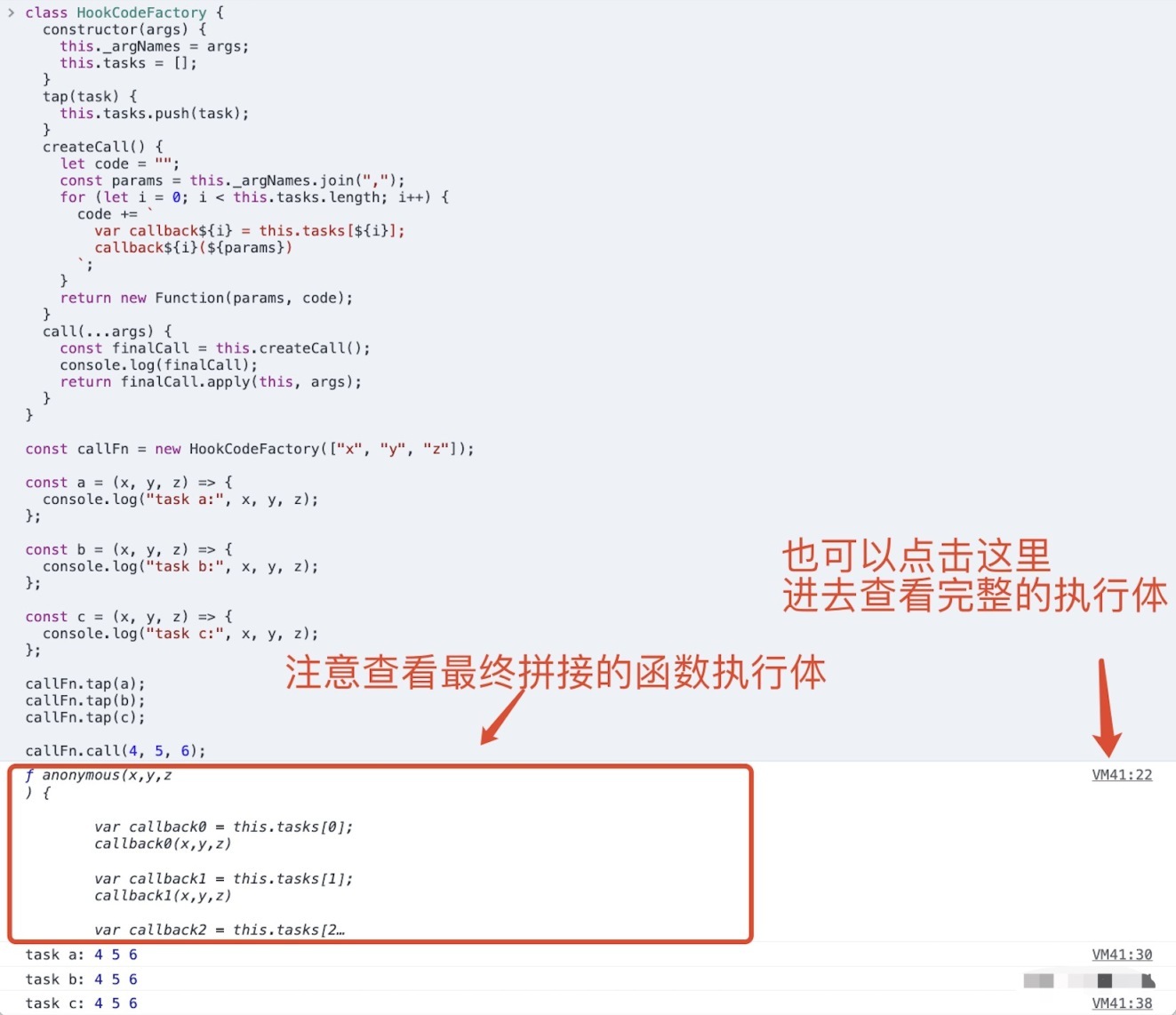
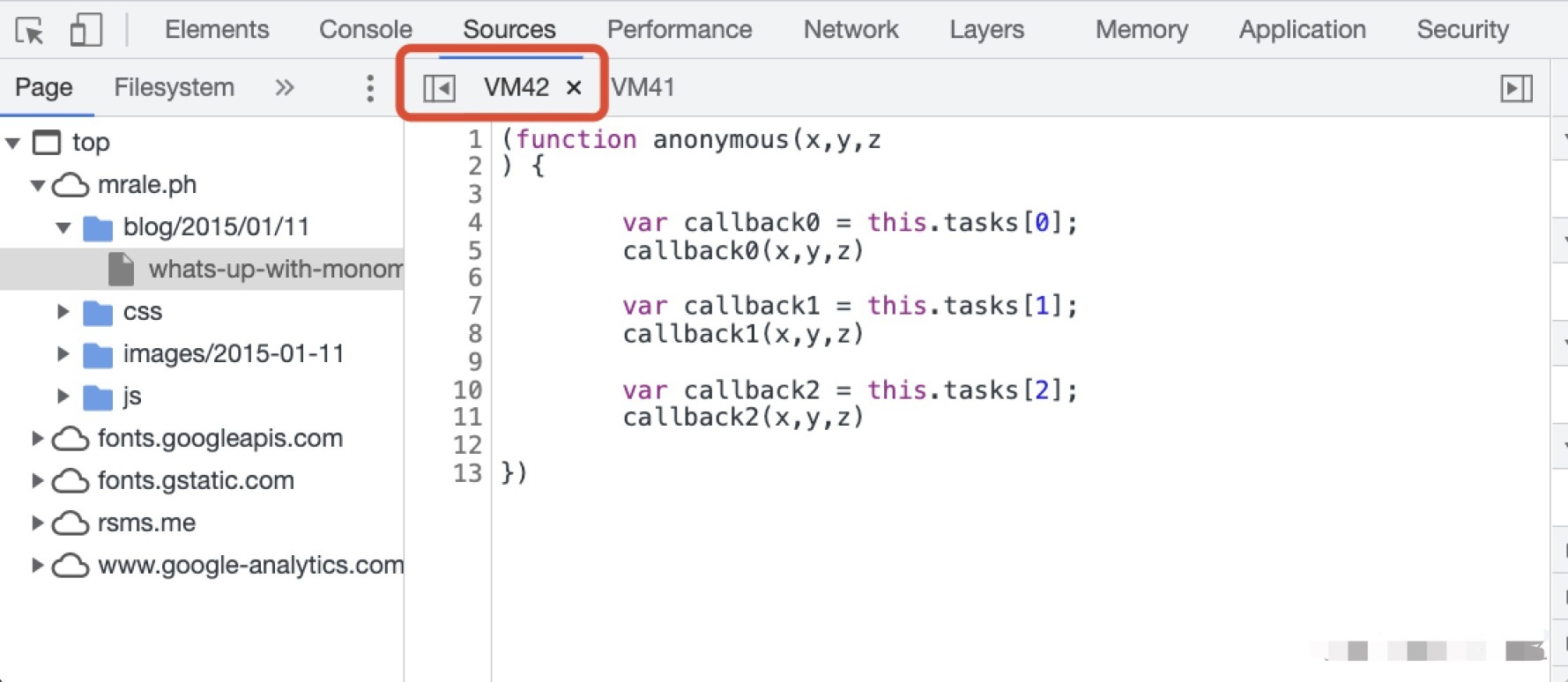
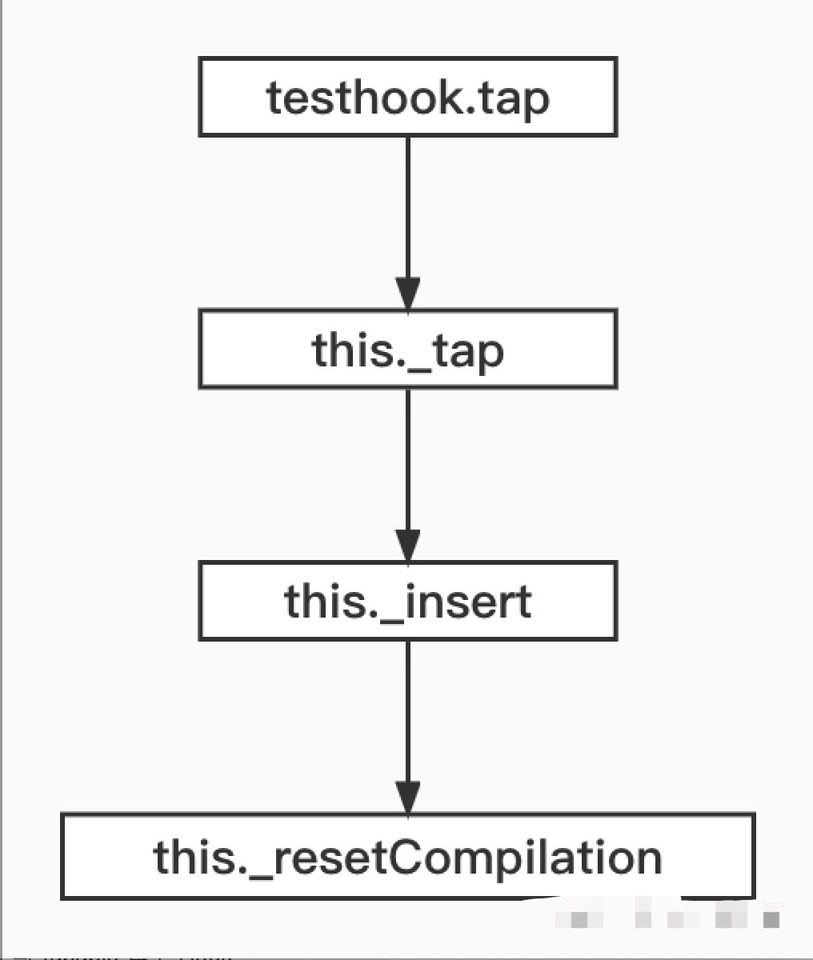
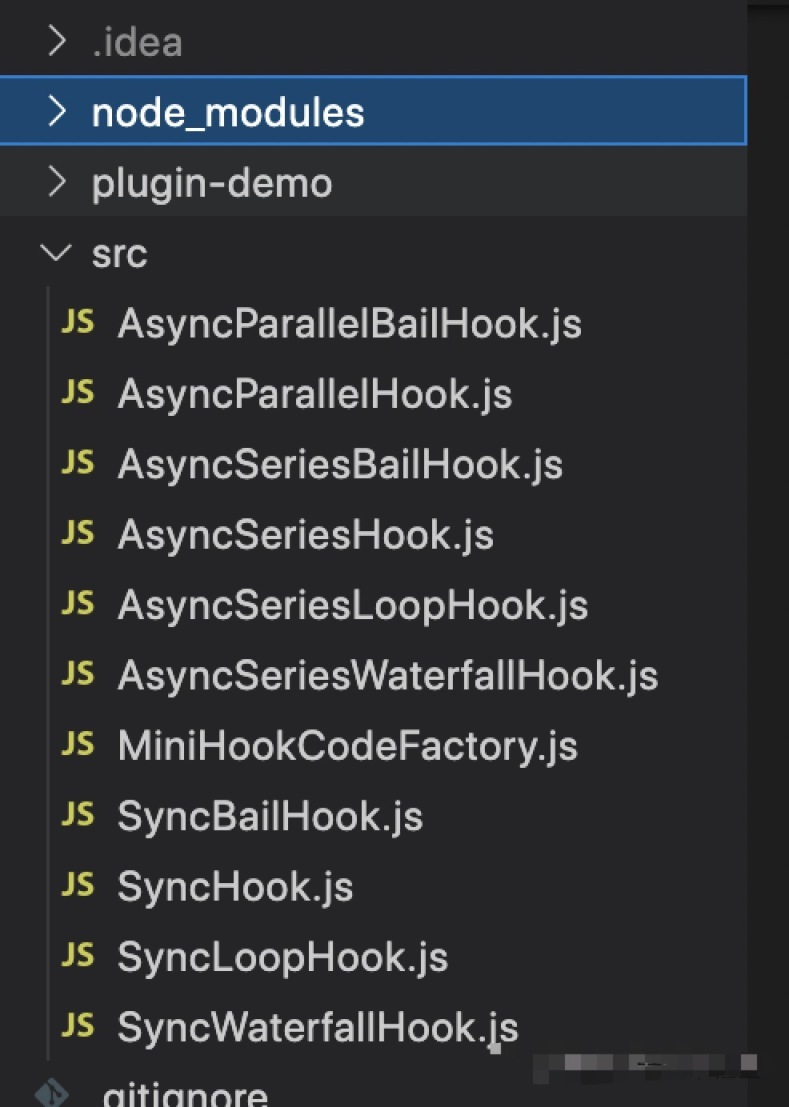
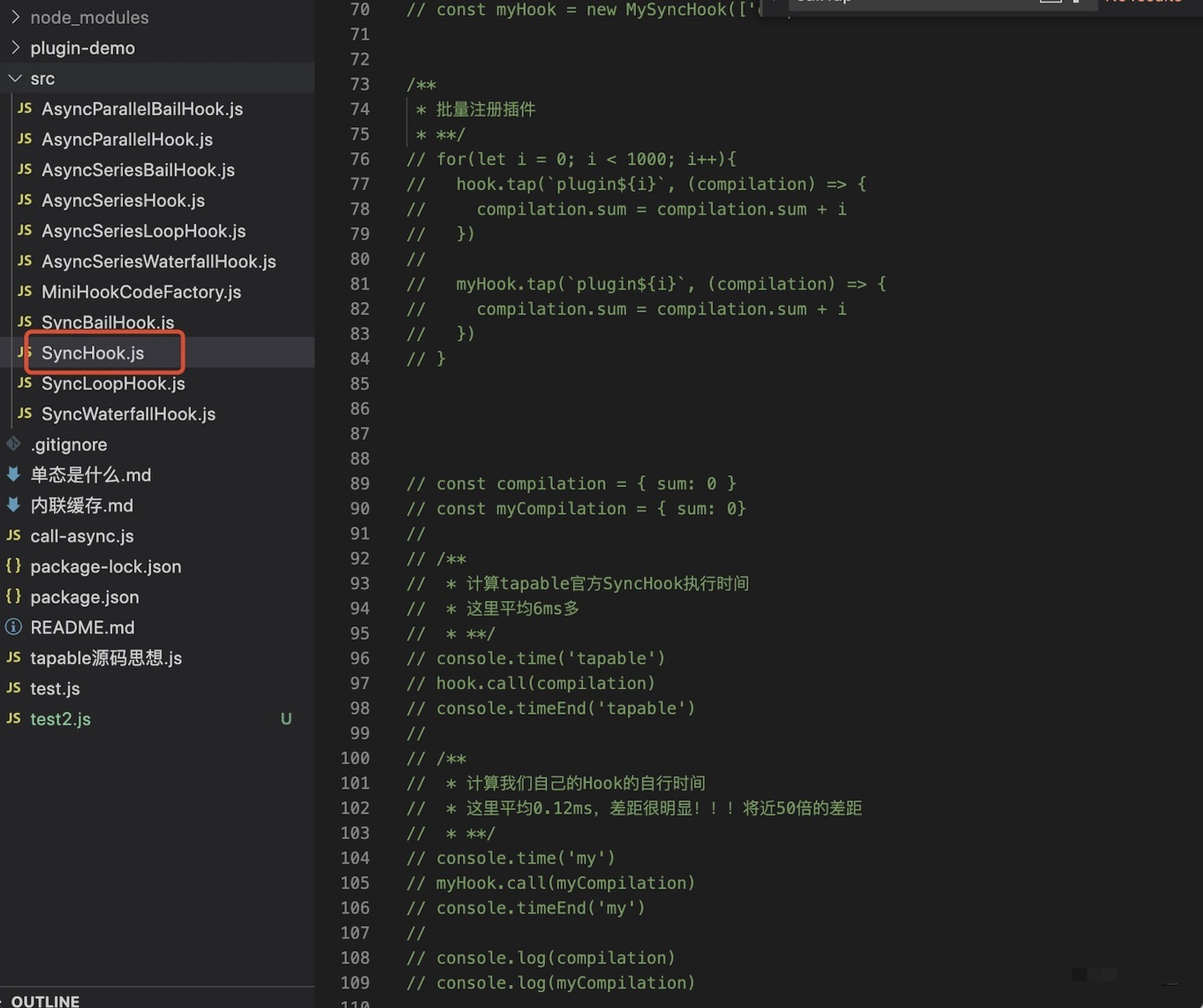











评论